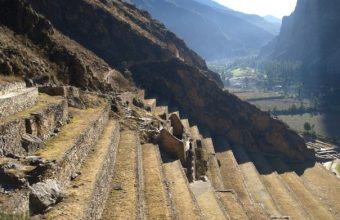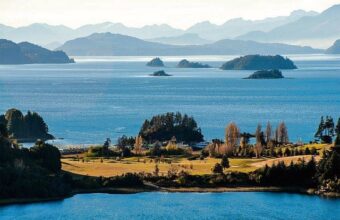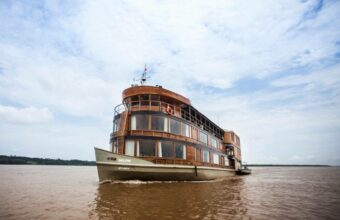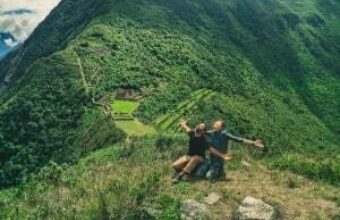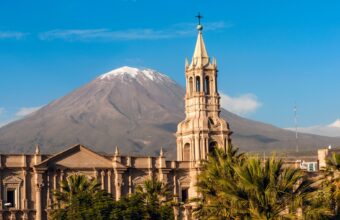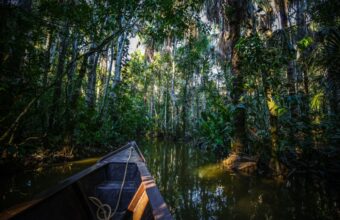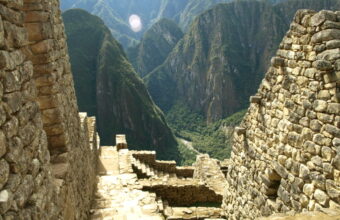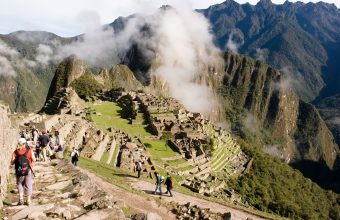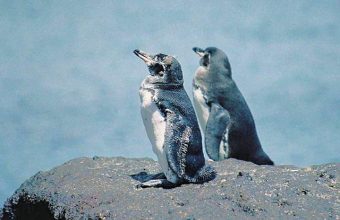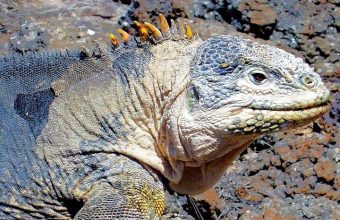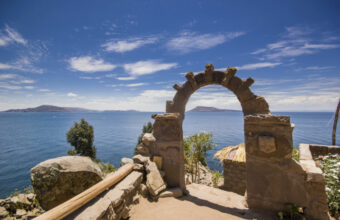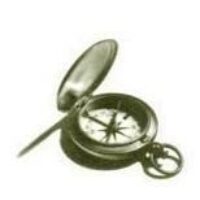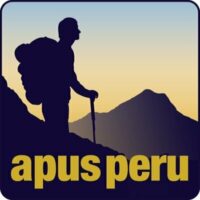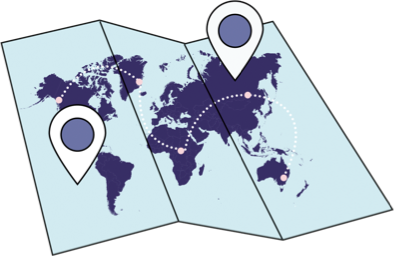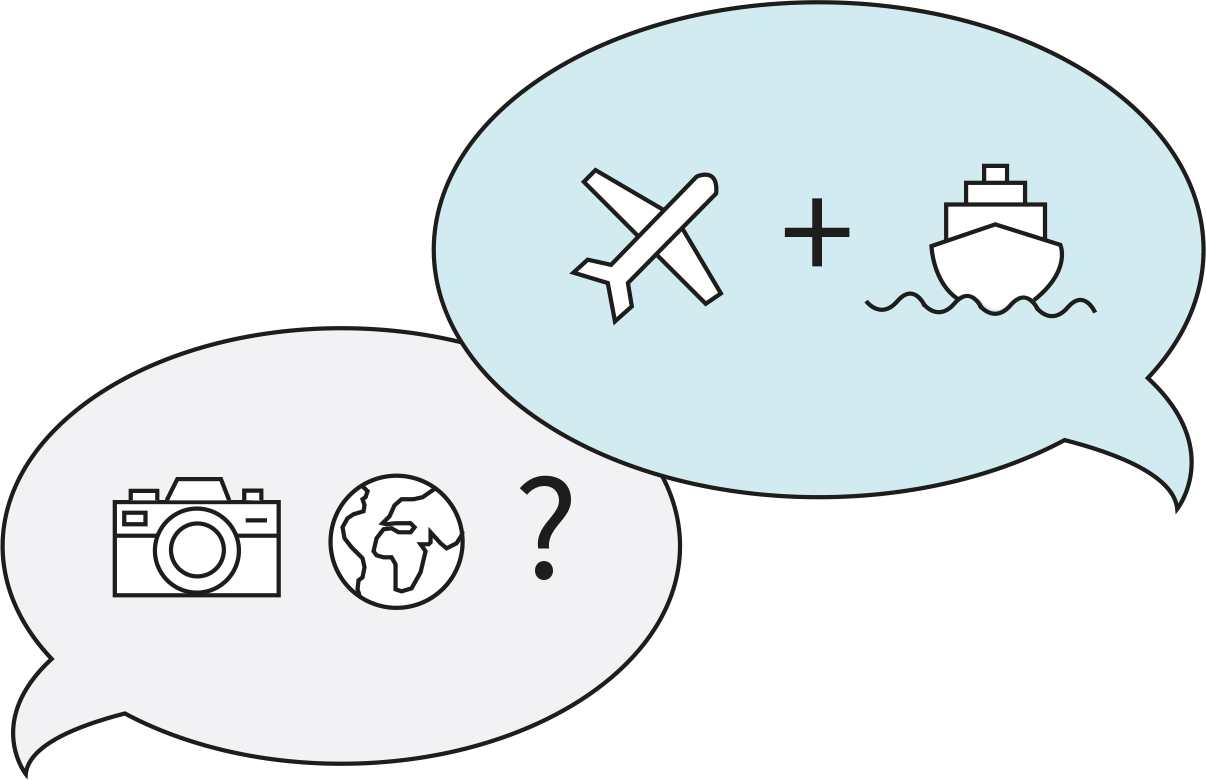Sacred Valley
Peru's spiritual heartland
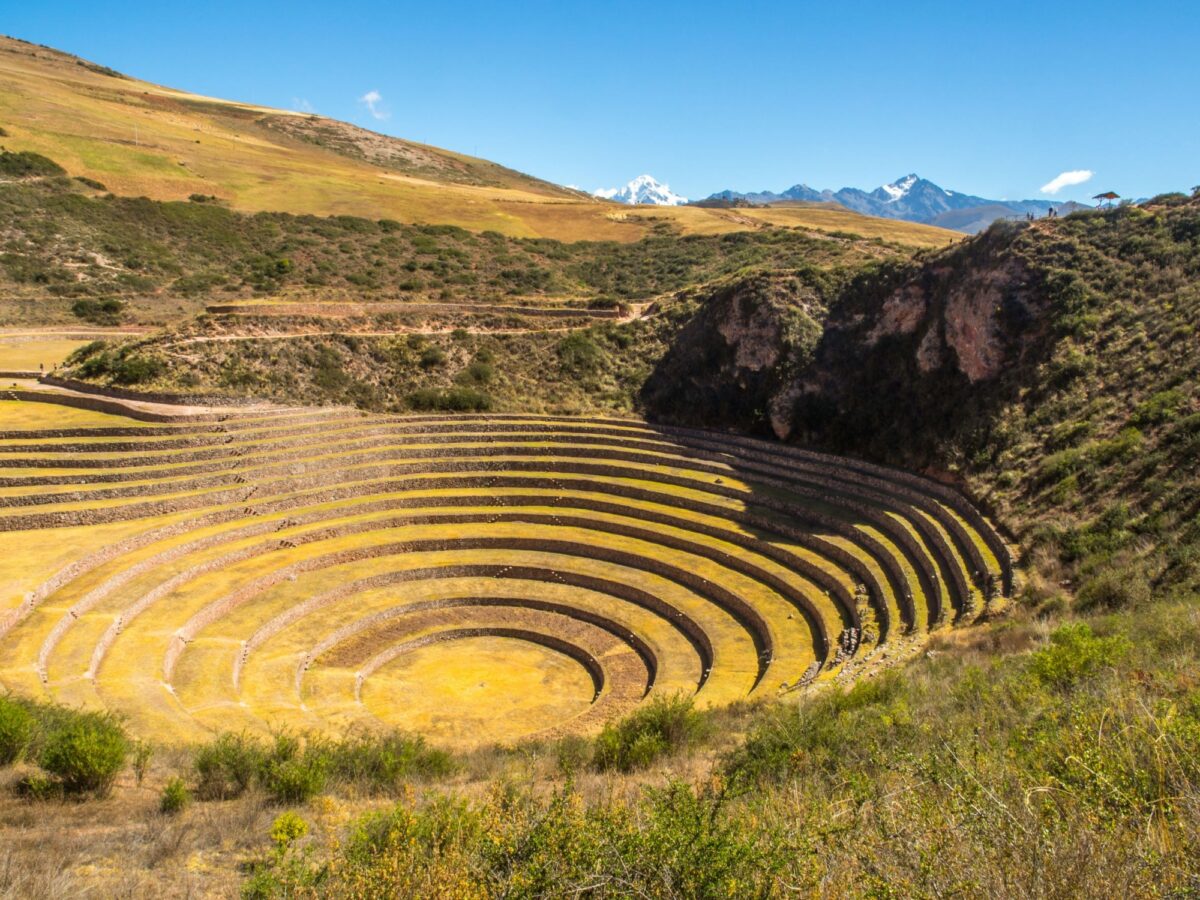
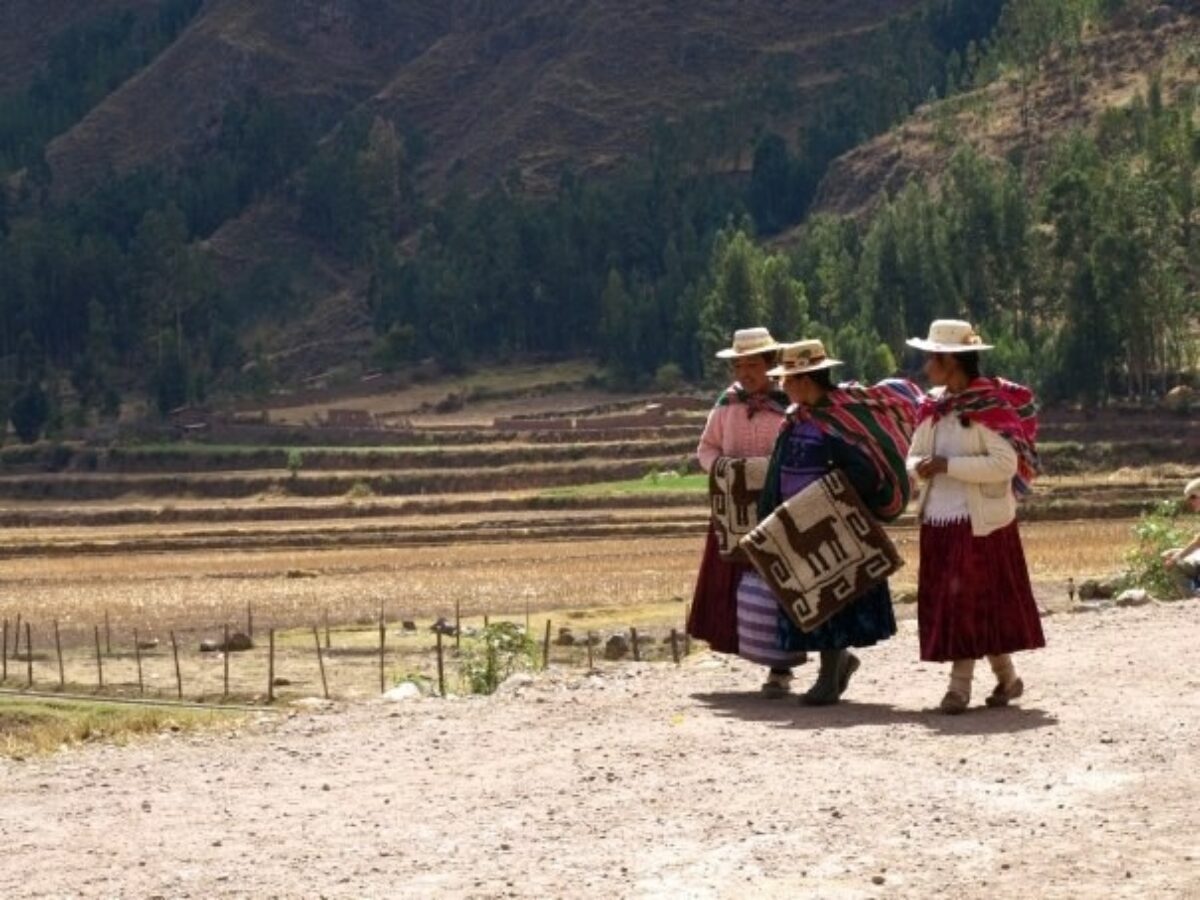
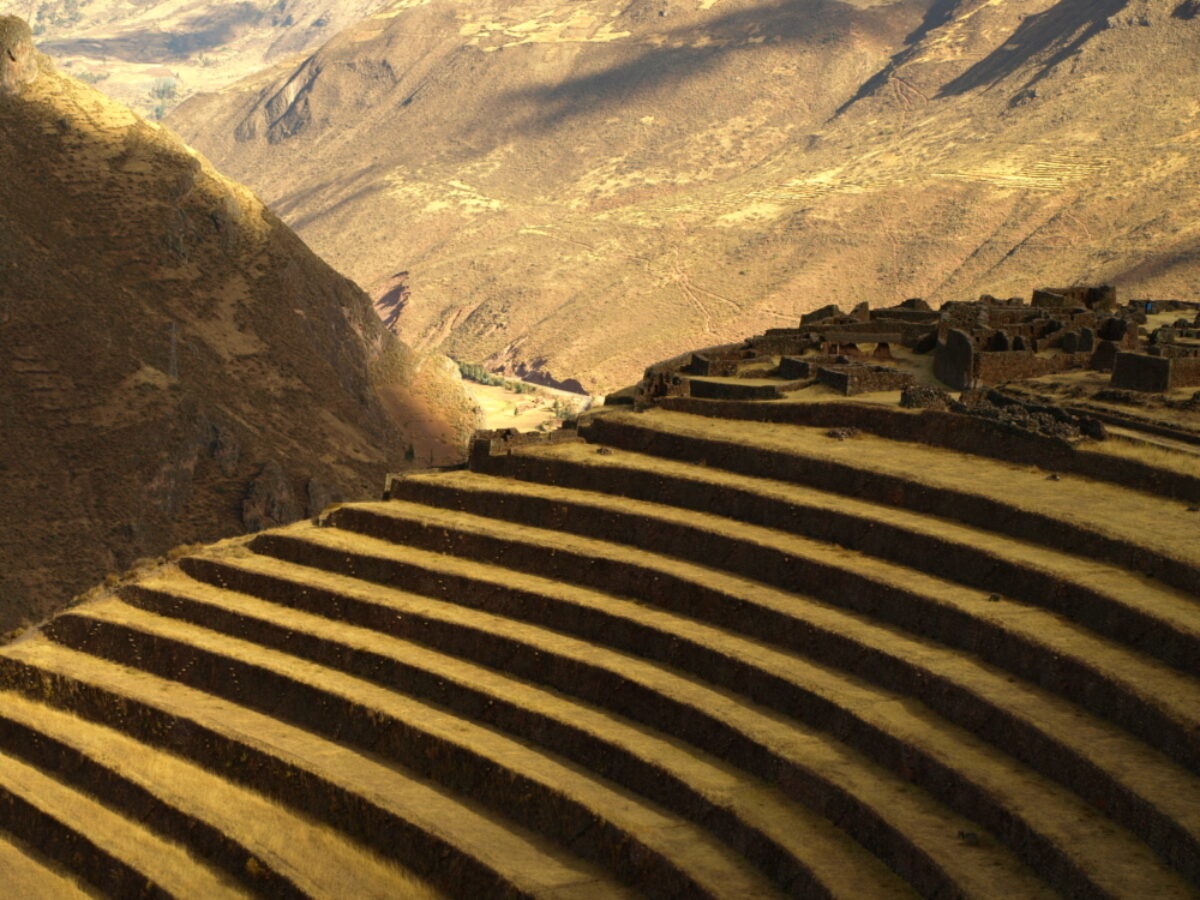
The Urubamba River descends from Cusco, eventually connecting with tributaries of the mighty Amazon. Over immense periods of time, this river has carved out a deep valley whose beauty defies the imagination. Little wonder then that the Inca chose this stunning and fertile location as their spiritual and agricultural heartland. Scattered with ruins, towns and villages where Quechua is still commonly heard, the Sacred Valley is much more than a mere stop-off before Machu Picchu. It’s a destination in its own right, and one that is easily explored from Cusco or by staying in the valley itself.
Standout attractions in the Sacred Valley include the Inca citadels of Pisac and Ollantaytambo, and the towns that sit beneath them. Here you’ll find traditional markets selling beautiful textiles and handicrafts made by the locals. Two other popular sites, located in close proximity to each other, are Maras and Moray. Moray features a series of terraced circular depressions, used by the Inca for crop experimentation at different altitudes and microclimates. Maras, meanwhile, is home to thousands of salt evaporation ponds that have been in use since Inca times. In more recent years, the Sacred Valley has become a destination for trekking, rafting, rock climbing and paragliding.
Peru trekking
An expert guide to the best treks in Peru
For me, there’s nothing quite like traversing a remote trail on foot, arriving at a new place by muscle power just like the travellers of old. Trekking in Peru satisfies the human itch to travel by foot for days, to earn a destination after a hearty physical challenge. I’ve done my fair share of hiking around the world but, in my view, there’s nothing that quite compares to the Peru trekking experience...read more
Sacred Valley Travel Guides
6 days
Classic Peru & Machu Picchu
The classic route to Peru's most popular highlights
9 days
Machu Picchu & Amazon lodge
See Peru from rainforest eco-lodge to mountain empires
8 days
Active Sacred Valley & Machu Picchu trek
Explore Peru's grand route of the Incas
-
Lares Valley
... -
Salkantay
... -
Vilcabamba
... -
Ausangate
... -
Ancascocha
...
Sacred Valley Tours

Machu Picchu, Nazca Lines, and Lake Titicaca
In-depth discovery of Peru's culture and history
13 daysFrom $2,959Sacred Valley Travel Companies
